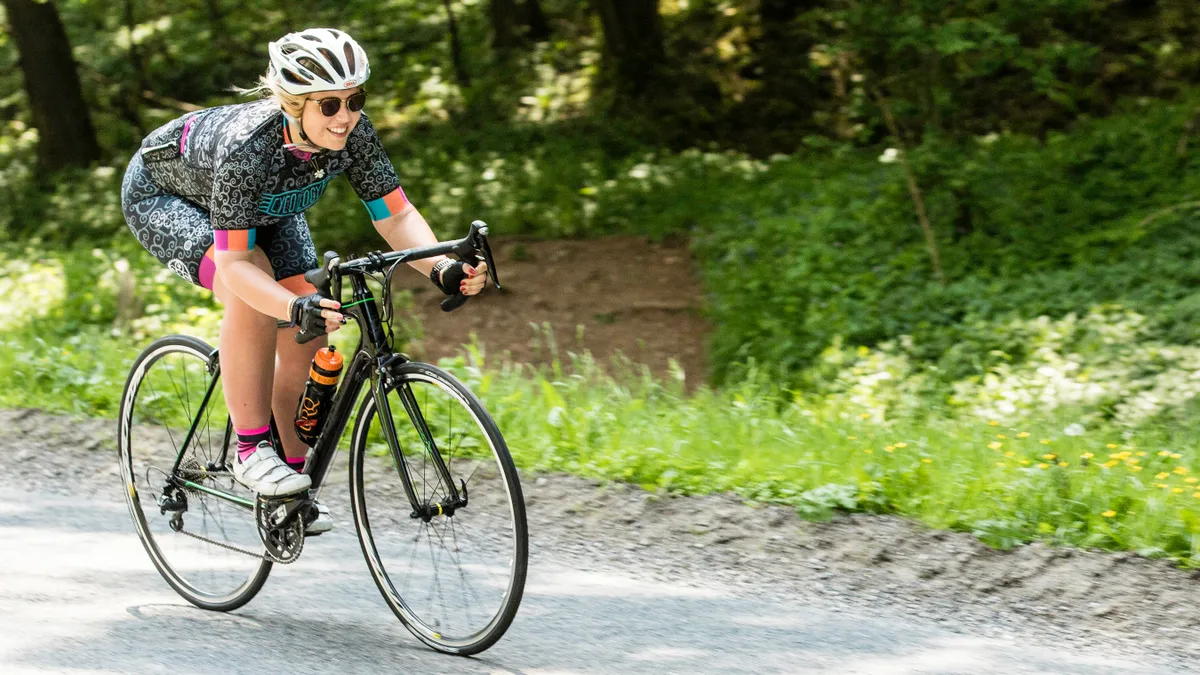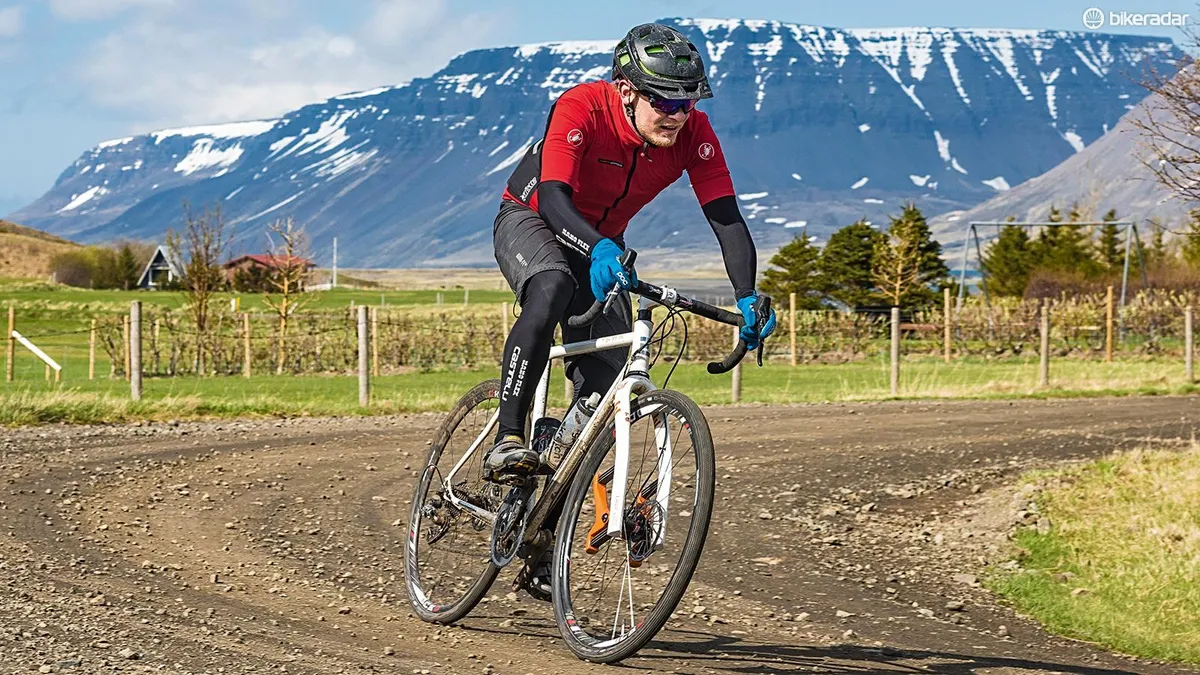Now is the perfect time to focus your attention on the year ahead. Approach it systematically and you'll focus your time and attention on the areas that need it, making your training as efficient as possible.
- How to keep a training diary
- How to measure changes in your cycling fitness
- Build better gluteal muscles for cycling
The test below will help you to assess your capabilities and identify the priorities you need to set yourself over the coming months to make 2018 the best year yet on the bike.
1. Choose your star qualities
Take a few minutes to write a list of the key qualities you believe elite cyclists have in your type of riding, whether it is a physiological quality such as 'pushing big gears' if you're a time-trial rider, a psychological quality such as 'having no fear' if you're a downhill mountain biker or a tactical quality such as 'reading the brakes' if you're a road racer.
Everyone has slightly different opinions on the key qualities. Don't look for textbook answers, use your intuition and your own labels for each quality, because it's really important for you to feel personally connected to the list.
Keep going until you have over 10 qualities (try to summarise a few if you're still going at 25).
2. Rate the importance of each quality
Score each of the qualities according to their importance with regard to performing brilliantly in your chosen discipline. If the quality is vital, give it a score of 10; if it's not important at all, give it a one. Most qualities will fall somewhere in between.
For instance, if you're a road racer who thinks 'getting up climbs quickly' is a key quality for most of the races you intend to do, you might give it a score of eight.

3. Score your own performance
Now rate yourself according to each of the qualities you've listed. If you're as good as you could possibly be, give yourself a 10; if you couldn't be any worse, you get a one. Try to be realistic and objective.
4. Do your sums
Subtract your performance score from 10, then multiply that number by the importance score to give you a total score for each quality. The higher the total score, the poorer you rate yourself on a relatively important quality and the greater the need for you to focus on that quality during the next few months' training.
The section below gives you some thoughts on how to make the most of the results.
Making the test useful
- Rank the qualities by their total score
- Select the four highest-scoring qualities
- For each, give yourself two specific actions you'll take over the next three months to improve your score on that quality. Be specific: 'ride more miles' is no good. Instead try something like setting a specific weekly mileage target for the next 12 weeks
- For each quality, set yourself a target 'how good am I' score for one month's time and three months' time
- Recalculate the test every month and review your progress against the specific actions you said you would complete, and the target scores.
Don't forget to make the goals achievable and realistic. It can be tempting to say you're going to ride every day, for example, but if you've got work and family commitments that may not be possible, and you'll want rest days. Go too hard too quickly and you may burn out.

